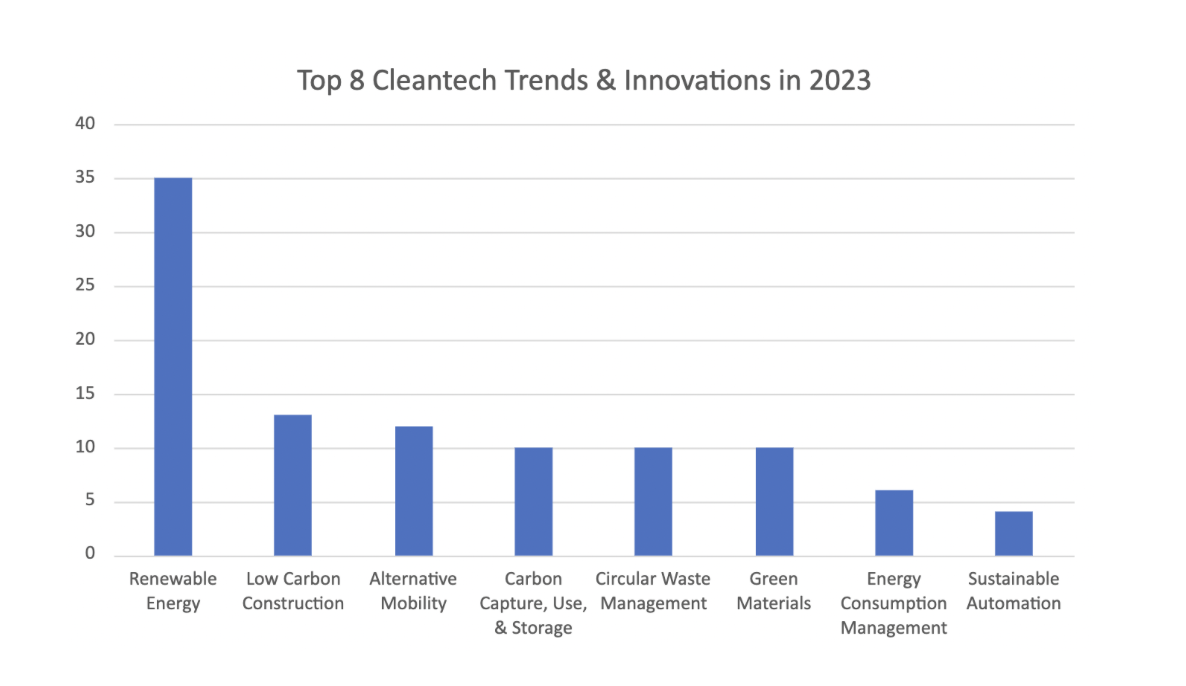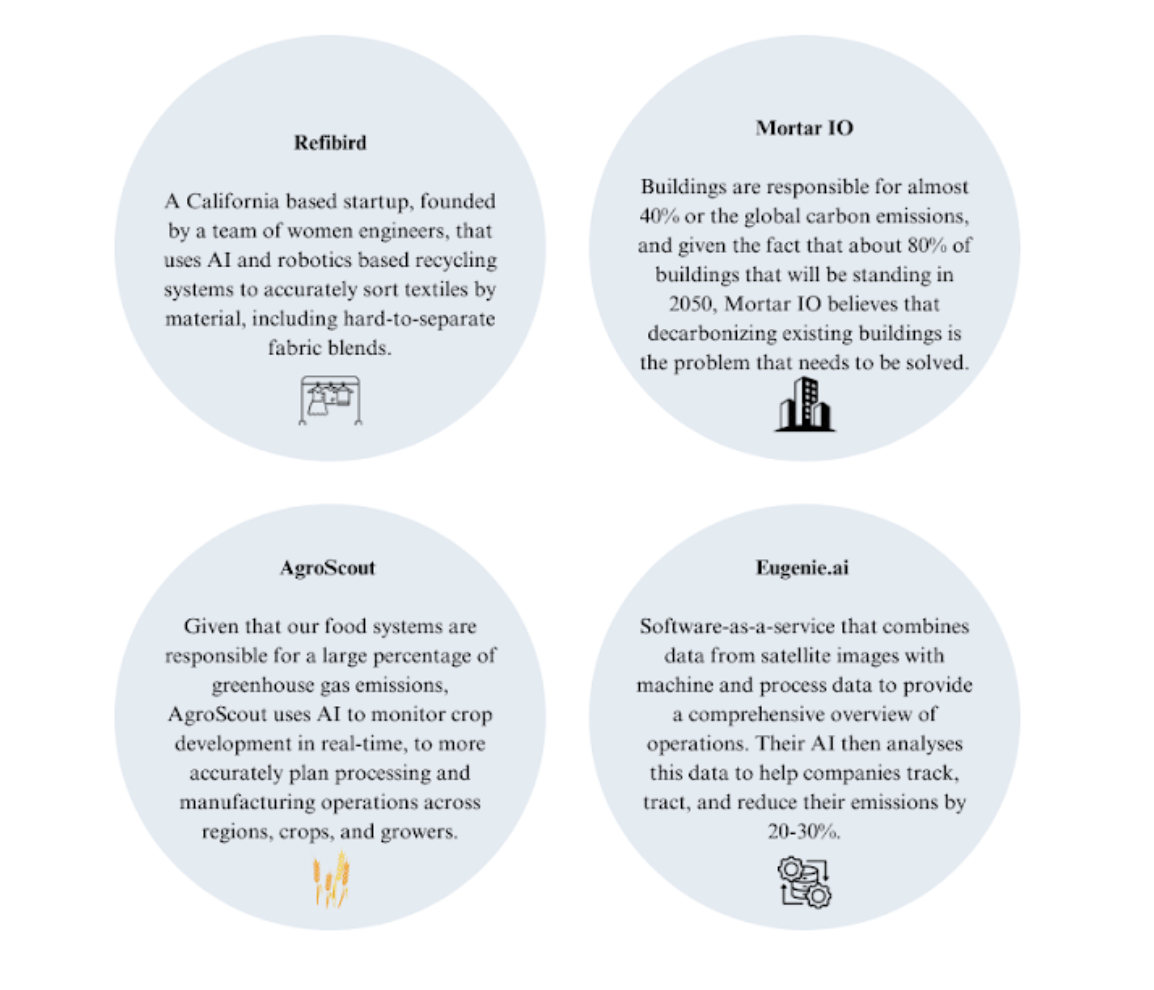The Past
Imagine a house, 30 years ago. What do you see? Do you see solar panels? Do you see water-saving technologies? Do you see people investing in energy-efficient light bulbs? Do you see people using water-based, or other sustainable paints? The answer to most of these questions was probably no. Although some houses may have seen sustainable development earlier than others, sustainability has not been a conscious thought in everyone’s heads, forever.
The reasons for the above are not only lack of knowledge about sustainability, but lack of resources, lack of research, and lack of effort. Very few people were informed enough about the impacts of their daily lives on the environment, which in turn meant that very few of us made a conscious effort to make any changes to our lifestyle.
Not only were sustainability practices minimal in people’s homes, but also in the business world. When we think of the world 50, or even 20, years ago, the role that sustainability played in already existing businesses was almost negligible, and now we have thousands of sustainability-based startups in India alone. Over the years, the sectors in which sustainable innovation has been thriving have also changed based on changing demands and increased awareness about people’s daily lives on the planet. These trends will continue to change and evolve, probably forever.
The Present
In recent years, the growing knowledge and increased opinions about sustainability have led to a change in what a sustainable economy, environment, and society mean. With increased demands for more environmentally friendly transportation, carbon-neutral construction projects, reduced energy consumption, etc. there has been a surge in sustainable innovation around the world.
A current part of sustainability that is seeing immense development is cleantech. Cleantech, short for clean technology, is any process, product, or service that reduces negative environmental impact through significant energy efficient improvements, the sustainable use of resources, or environmental protection activities. The increased focus on making environmentally friendly choices and decisions has led to a subsequent increase in sustainable technological innovations aiding sustainable businesses around the world. Some ways that cleantech is being used in sustainable businesses are shown in the chart below, which leads us to our discussion of cleantech trends.
In this section, we will see some of the cleantech trends and their present states. In doing so, we do not aim to equate cleantech to sustainability but to focus on something that is leading sustainable innovation in multiple industries. Cleantech refers to companies and technologies that aim to improve environmental sustainability. When looking at where sustainability is today, it is important to note that technology as a whole has had, and is having a great impact on sustainable growth.
The chart shows some of the many major trends and innovations in Cleantech, this year.
- “Renewable Energy” is the highest on the list, being more than double as big as any other of the major trends.
- Growth of electric and other environmentally friendly transport can be seen by the high percentage allotted to “Alternative mobility”
- Increased knowledge about making the construction industry more eco-friendly, and increased awareness about the emissions that construction causes is on the rise, leading to a large portion of businesses trying to combat the issue.
- The lowest 4 trends are those that are vastly used in conjunction with some of the more prevalent ones, making them less important, in a sense, as standalone, but vital overall.

Apart from increased awareness, another factor leading to sustainable innovation is the growth of technological innovation.

Above are just 4 of the thousands of technology-based sustainability startups around the world.
AI, as we all know, has been on the rise in almost every industry, all around the world. The power of what a machine can do, although sometimes scary, is incredibly helpful in doing things humans can do, but faster, and sometimes more accurately. The strength of AI will continue to grow with the humans feeding our machines more and more information, every day.
The Future
The current growth that sustainability has been seeing can be used to make predictions about where we are heading in terms of sustainable development, and how it will change the world around us. As we did in the beginning, let’s recreate an image, but this time looking into the future. Instead of just a house, imagine your overall daily life, and how it will be, say 30 years from now. You probably see roads with the majority electric cars, skylikes of carbon neutral, maybe wooden, buildings, and houses with every technology possible, to be carbon neutral, among many other things.
We can use the current state of the cleantech trends, to more accurately predict where we might be headed, in terms of a sustainable world. Interpreting the chart above, we can make a multitude of informed predictions.
Renewable energy will continue to be widely used, and stay at a high percentage, due to the fact that it is a very well known form of clean energy that has been innovated enough for the world to continue using it, possibly forever. Low carbon construction and alternative mobility are sectors that are likely to see the greatest growth in the next few decades. This can be predicted based on the fact that they are sectors that are being heavily researched since people are well aware about the impacts of the constructions and transportation industries on the world. Technological and otherwise, innovation in these fields is thriving, which will continue to lead to an upward trend in these sectors, until the majority of buildings and transportation are more sustainable.
Moreover, it is likely that in order to continue to grow the above sectors (low carbon construction and alternative mobility), carbon capture, use & storage, circular waste management, and green materials will come into play in conjunction with them, leading to a growth in those sectors as well. Employing circular management, using greener materials, and being smarter about carbon all ties in with making more overall sustainable choices, which will have to be done while attempting to grow green constructions sites and innovate alternative transportation options.

